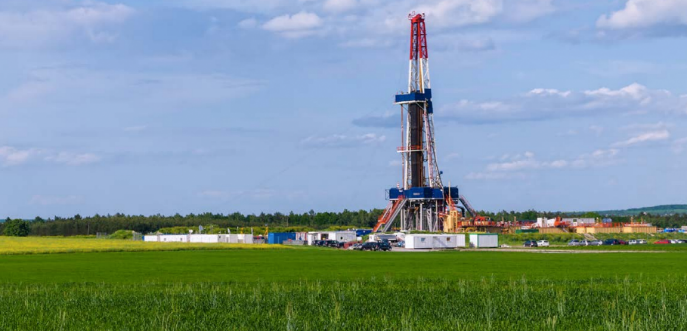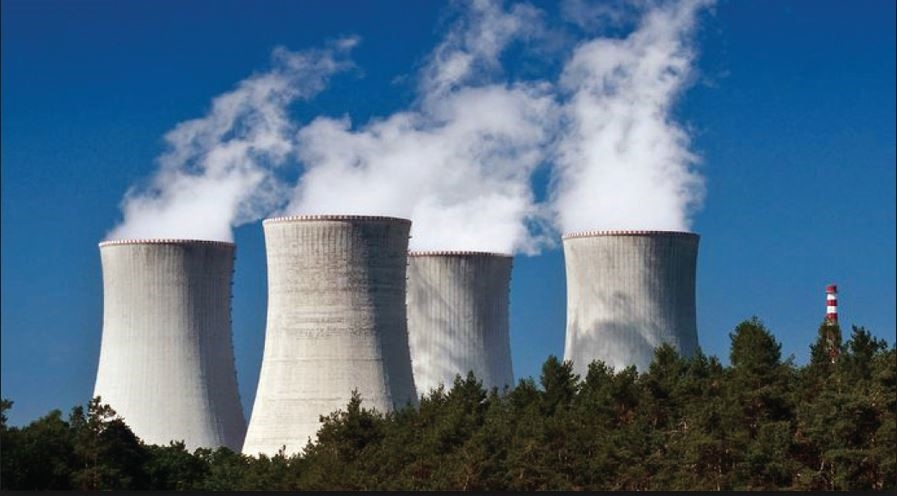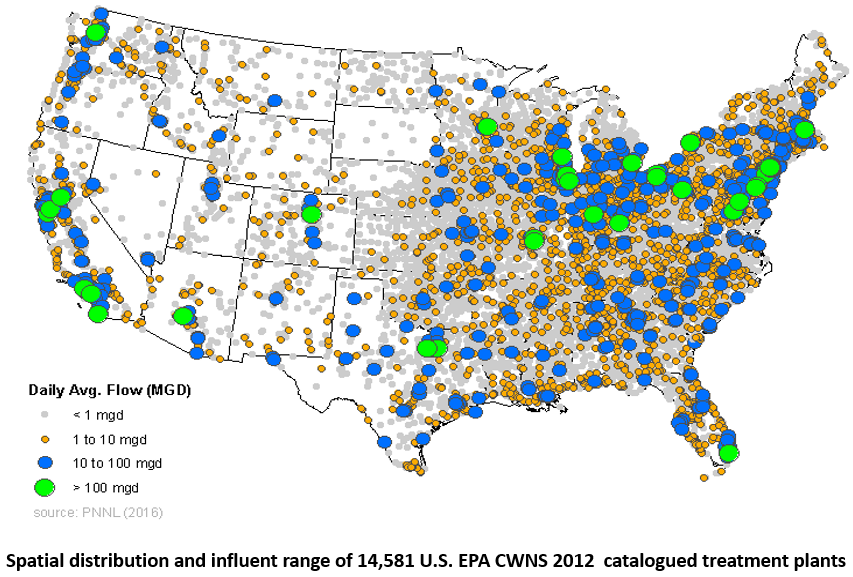
Ukraine is carrying out reforms in an attempt to become more closely aligned with the European Union – but developing the country is almost impossible without sustainable economic growth and investments. Recent and upcoming changes will make Ukraine more attractive for investing.
Aссording to the data provided by the Ukraine's energy regulator, the National Energy and Utilities Regulatory Commission (NEURC), as of January 1, 2018, the cumulative installed capacity of renewables under the FIT (without those plants located in the territory of the Autonomous Republic of Crimea) totaled 1,374.7 MW, of which solar power plants accounted for ca. 55% (741.9 MW), and wind power plants, ca. 33.8% (465.1 MW).
In 2017 alone, 257 MW of the installed capacity of renewables under the FIT were operational, which is more than double the capacity put into operation in 2016 (ca. 127 MW), and eight times the capacity in 2015 (ca. 30 MW). The solar power plants put into operation in 2017 accounted for ca. 82% of the cumulative capacity of renewables under the FIT, while wind power plants accounted for ca. 10.6% of such cumulative capacity.
Year by year, the country is improving its position in the World Banks’ Doing Business ranking. Ukraine’s capital Kiev is on the top ten list of the cost-effective locations published by fDi Intelligence Magazine. So, investing in Ukraine’s economy is becoming increasingly appealing. Energy is among the most attractive options to invest in Ukraine. Until now, the only type of energy that saw foreign investments in Ukraine was renewable energy. Relatively high feed-in tariffs, calculated in euros and correspondingly protected from the risk deflation was the main reason for this. Other types of energy were not interesting for investors because of the absence of a developed energy market and because of strict government control and regulation. For instance, the government and the energy-regulating commission defined gas and electricity prices for final consumers. Obviously, energy prices, together with transparency and the predictability of the energy market’s environment define how profitable energy assets are, which include generating capacities and transmission lines. Correspondingly, all these determine investors’ interest. And these prices were not enough in Ukraine to justify investments towards upgrading the deteriorating energy infrastructure. Since Ukraine became independent, almost no new power plants were constructed, except for renewables. Given the absence of market pricing and the strength of government regulations, there is always a risk that that energy prices for the consumer will decrease to a level that will seriously affect how profitable investments are.
Since energy reforms started in Ukraine, after the 2014 revolution, some populist politicians have called to change electricity and gas pricing approaches in order to reduce prices. Clearly, this has not contributed to investors’ interest No one wants to invest, knowing that some governmental body may change the pricing method and affect the profitability of investment. Hence, it is not surprising that no foreign investors have attempted to buy energy enterprises over the past few years. However, Ukraine’s energy sector is about to become significantly more attractive. On July 1, a new electricity market model will come in force. Two years ago, the Ukrainian parliament adopted the law that stipulated a new electricity market model similar to the one EU member states employ. It will finally enable integrating the Ukrainian power grid to the ENTSO-E.
There is still a debate if the country made all the necessary preparations to launch this new electricity market. But most experts, market actors and officials agree that it is more than possible to launch the market on time.Electricity market reform will help boost investment in the sector. According to an assessment by the Ukrainian Institute for the Future (UIF), published in a report on the outcomes of the electricity market reform, electricity-generating companies will be able to attract 11,5 times more investment compared to a no-reform scenario. There will be similar effects on electricity-distributing companies. On average, the reform will create demand for $3.66 billion of investments annually in electricity generation and distribution. The reform will give a boost to Ukraine’s economy more generally.
Change of the structure of the total final energy consumption and impact of energy efficiency according to the revolutionary scenario.
Change of the structure of the total final energy consumption and impact of energy efficiency according to the revolutionary scenario.
The gas market is another good opportunity for investment. According to BP Review, Ukraine holds the second-largest gas reserves in Europe. And recent legislative changes to the start of the auctioning process for exploration and extraction have liberalised gas production regulation and will make the process more transparent. The gas market law was adopted in 2015. But there is still no fully liberalised gas market in Ukraine because of public service obligations (PSO) to provide affordable energy to households. These PSOs restrict the number of companies involved in selling gas to households. The PSOs will be eliminated after 2020. But that is not a restriction for investing in gas extraction in Ukraine. Importantly, investing in Ukraine’s energy is not only about Ukraine’s internal market, but also about huge opportunities for exports. Being close to the European Union opens opportunities to export energy to EU member states. These are deeply energy-dependent, in need of more energy and a more diverse energy supply. Conducting energy reforms and investments will boost Ukrainian energy exports to the EU. Estimates show the reform will result in boosting electricity exports to 25 billion kWh in 2030, compared to current 5 billion kWh. In the case of natural gas, developing of Ukraine’s gas production and trading may become a part of a geopolitical gamble. Several pieces of US legislation are aimed at protecting Ukrainian energy security. US support in the development of Ukraine’s energy exports will result in deepening interdependency with neighboring states and will contribute to regional stability. Finishing energy reforms with political and economic support from its main allies, primarily the USA, will strengthen Ukraine’s economics and boost energy exports.
In Ukraine, there are already proposals to consider new approaches to selling electricity produced from RES, such as power sale auctions, which are increasingly coming into focus, or feed-in premiums. It can be foreseen that incentives for power production from RES will become more diversified in Ukraine in the years to come, and will not be solely limited to a FIT.
Expected greenhouse gas emissions in Ukraine under revolutionary scenario
The general consensus is that auctions or other novel structures – notwithstanding their being progressive, and matching objective global trends in the development of the renewable energy industry, or corresponding to technology maturity and cost – should be introduced gradually, so as not to undermine the stability, consistency and continuity of the regulatory framework in the country, and prevent any adverse effects on ongoing projects.












